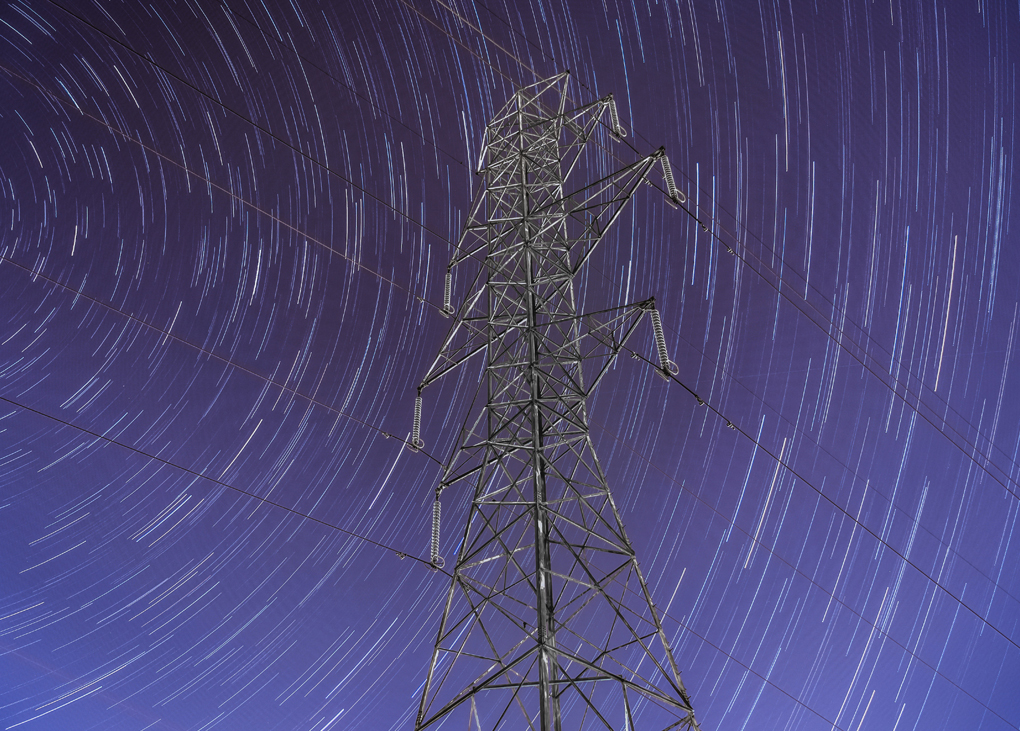Amid the mounting power crises locally and globally, Australia has issued a joint statement with 25 other countries stressing the importance of energy efficiency for addressing energy supply issues, rising inflation, and greenhouse gas emissions.
The statement was one of the major outcomes of the Global Conference on Energy Efficiency organised by the International Energy Agency (IEA) in Sønderborg, Denmark last week. The conference was described by IEA Executive Director Dr Fatih Birol as a potential “inflection point” for energy efficiency.
“Energy efficiency and demand-side action have a particularly important role to play now as global energy prices are high and volatile, hurting households, industries and entire economies,” reads the statement, which was also signed by governments from France, Germany, Indonesia, Japan, Mexico, Senegal and the United States.
The governments said they would seek opportunities for exchange and collaboration, welcoming an action plan that sets out key principles and best-practice policies for stronger energy-efficiency actions. They asked the IEA “to continue to facilitate and support these actions” and called on “all governments, industry, enterprises and stakeholders to strengthen their action on energy efficiency”.
The event also saw the release of a new IEA report, The value of urgent action on energy efficiency, which notes that “the current challenges regarding energy security, energy prices and the cost of living have intersected with the climate crisis to remind us that energy efficiency is more indispensable than ever”.
The report models a Net Zero Emissions by 2050 Scenario in which the average annual rate of global energy intensity doubles from around 2 per cent achieved between 2010-2020 to just over 4 per cent from 2020–2030. This would make the global economy around one third more energy-efficient by 2030 compared to 2020. It has the potential to avoid 95 exajoules a year of final energy consumption by the end of this decade compared with a pathway based on today’s policy settings – equivalent to the current annual energy use of China.
Buildings in general, and HVAC&R specifically are expected to play a leading role.
One third of the avoided energy demand in the Net Zero Emissions by 2050 Scenario comes from the deployment of more technically efficient equipment, including air conditioners and electric vehicles.
Electrification provides around 20 per cent, through measures such as replacing fossil fuel boilers with heat pumps, and switching to electricity for low-temperature heat in industry, as well as faster adoption of electric vehicles.
Behaviour change provides a further 18 per cent through measures such as turning down thermostats and changed travel patterns.
The remaining third is provided by measures such as digitalisation and material efficiency. This includes smart controls, as well as material efficiency through increased recycling of plastics and scrap steel.
To read the report, click here.
 Mark Vender
Mark Vender


Leave a Reply